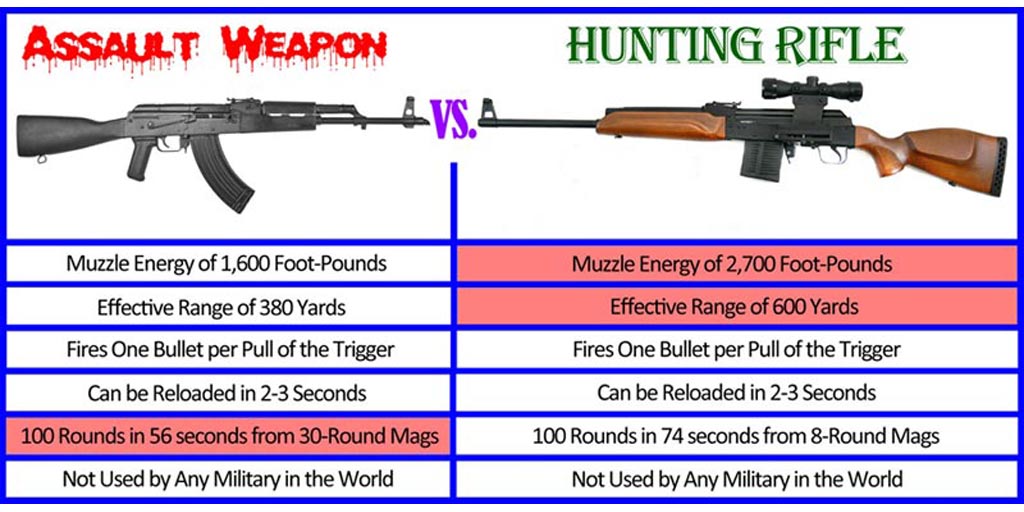

"Were the M-16 Rifles Used During the Vietnam War Made by Mattel?". The Illustrated Directory of 20th Century Guns. An Analysis of the Infantry's Need for an Assault Submachine Gun. Archived from the original (PDF) on June 29, 2017. Global Development and Production of Self-loading Service Rifles: 1896 to the Present () (PDF). Encyklopedia najnowszej broni palnej-tom 2 G-Ł (in Polish). Death from Above - the German FG42 Paratroop Rifle. Military Historical Museum of Artillery, Engineers and Signal Corps. The Battle Rifle: Development and Use Since World War II. Germany at War: 400 Years of Military History : 400 Years of Military History.

Despite initial shortcomings, however, the M16 remains in American military service to this day, and it is the most produced rifle in its caliber. The M14 was eventually replaced by the M16 assault rifle which was a controversial decision – the M16's weaker round, combined with the fact it was much smaller and lighter, and had plastic furniture instead of wood, led some soldiers to sardonically call the rifle the ' Mattel 16'. It went into production in 1959 and about 1,300,000 M14 rifles have been produced.
#Definition riffle full#
It is a fully automatic weapon, firing 7.62x51mm NATO from 20 round box magazines, and was primarily used during the Vietnam War, but once deployed into combat, there were complaints about the weapon's performance, predominantly that it was too difficult to control in full auto, its profile was too long, and the weapon was generally unreliable – a 1962 Department of Defense report described it as "completely inferior" to the M1 Garand. The M14 rifle is an American design, made to replace the M1 Garand, which was used as the basis for the M14.
#Definition riffle free#
In total, the FAL has been used by over 90 countries, and over 7,000,000 have been produced, leading to the rifle's other, unofficial name: "The Right Arm of the Free World." Heckler & Koch G3 Though assault rifles are typically more common in contemporary usage, the FAL is still in active service in many nations (none of which are in NATO), most notably Brazil. The United Kingdom manufactured their own version of the FAL, the L1A1 Self-Loading Rifle, which is semi automatic. At the time of its creation, it was adopted by several NATO countries, including Belgium, Luxembourg, the Netherlands, among others. The FAL was supposed to solve this issue, however, the United States chose not to adopt it, primarily because their own design, the M14 rifle, was a pound lighter, less internally complex, and there was financial benefit for the United States in producing it domestically. For instance, the United Kingdom used the Lee-Enfield, America, the M1 Garand, and France, the MAS-49. It was first produced in 1953, at which point all the nations of the Warsaw Pact were all equipped with the AK-47, or some variant of it, but most NATO countries had their own, domestically produced designs. The FAL is a rifle produced by Belgian company FN Herstal, firing 7.62x51mm NATO from 20 or 30 round box magazines. The most enduring battle rifle of the Cold War is the FN FAL. The battle rifle was of major significance during World War II, with the United States, Soviet Union, Nazi Germany, and Imperial Japan all producing them in some capacity, and millions were produced during this era, but overall, with the sole exception of the United States, bolt-action rifles were much more common. Fedorov rifles were also used in limited numbers during the opening stages of the Winter War. Only about 100 were produced and used during the war before the Russian Civil War forced Russia to withdraw its forces in 1917, and so there is an absence of reports on the combat effectiveness of Fedorov rifles, but they continued to be produced until 1925. The Russian Empire produced the world's first battle rifle, the Fedorov Avtomat, which was select-fire and fired the rather underpowered 6.5mm Arisaka round from a 25-round box magazine. During World War I, all of the world's armies were equipped with bolt-action rifles, and the thought of fully automatic fire in a design that was lightweight and controllable enough to be used by a single soldier was seen as something that would be extremely useful in the static conditions of trench warfare.


 0 kommentar(er)
0 kommentar(er)
